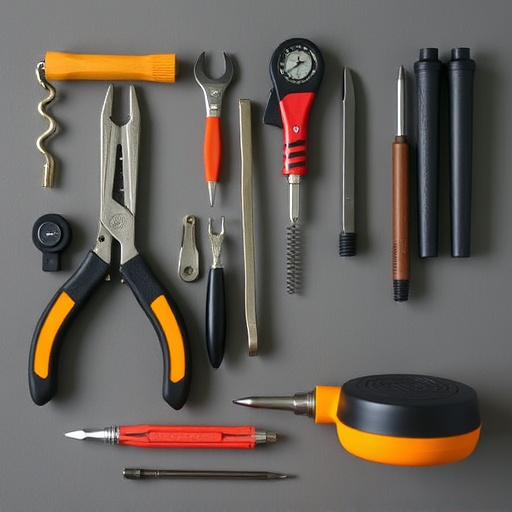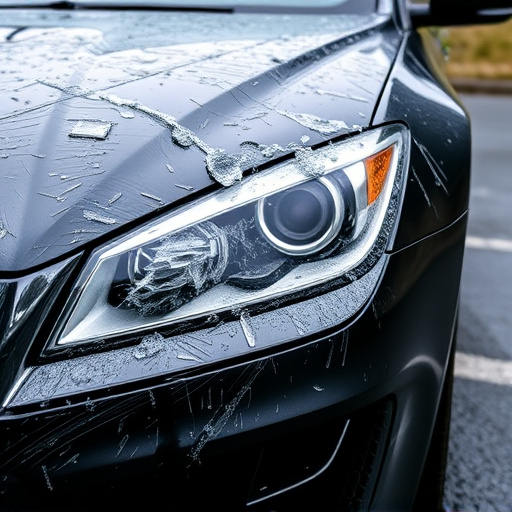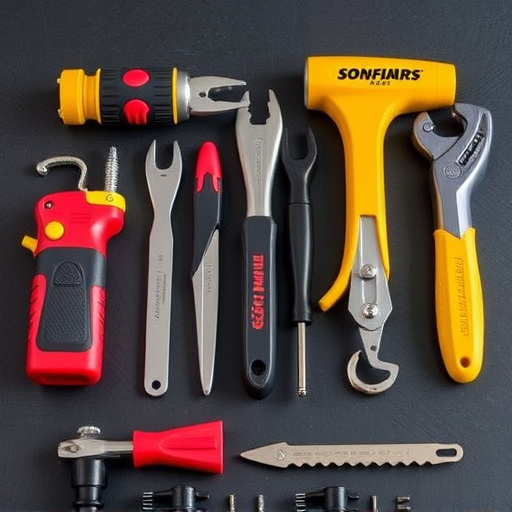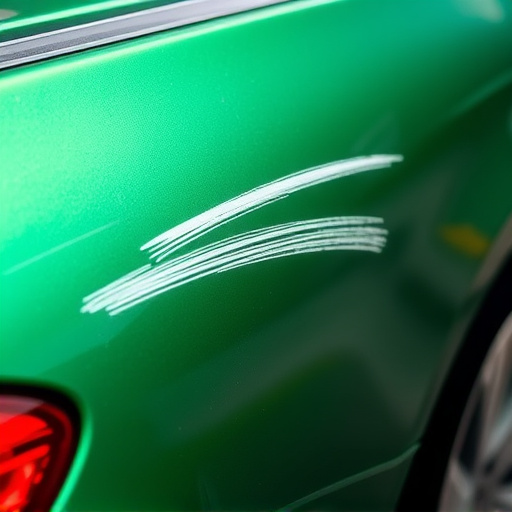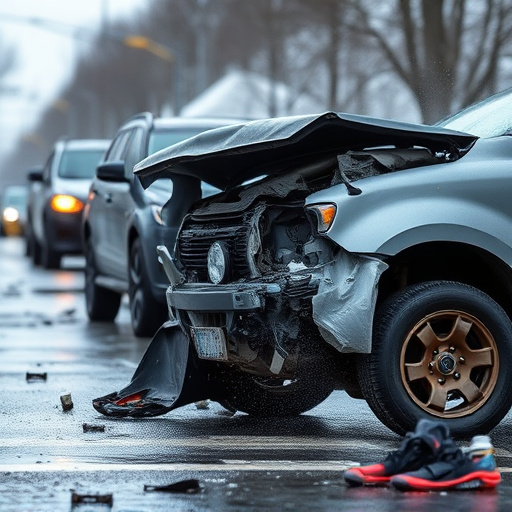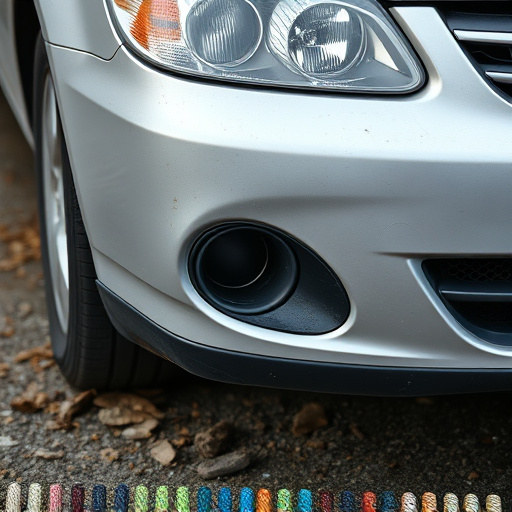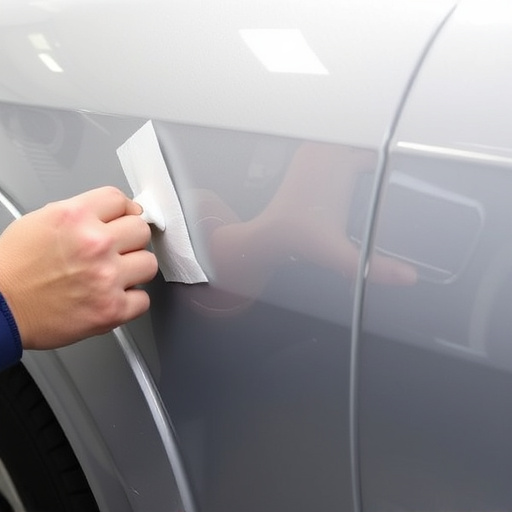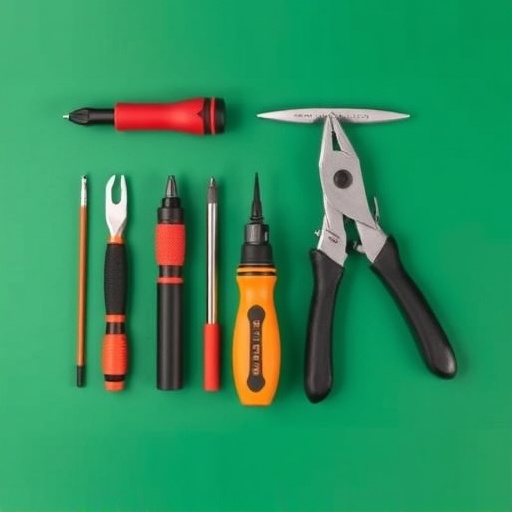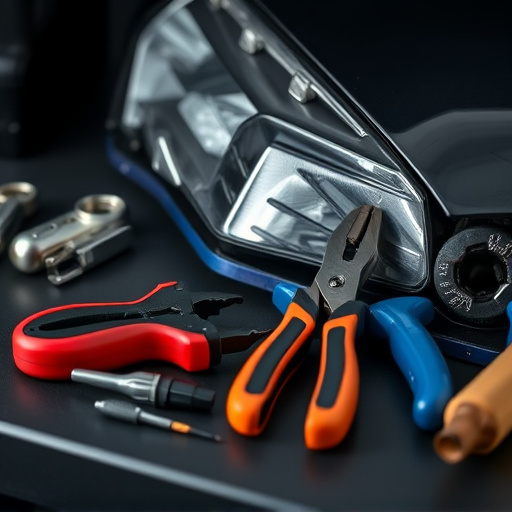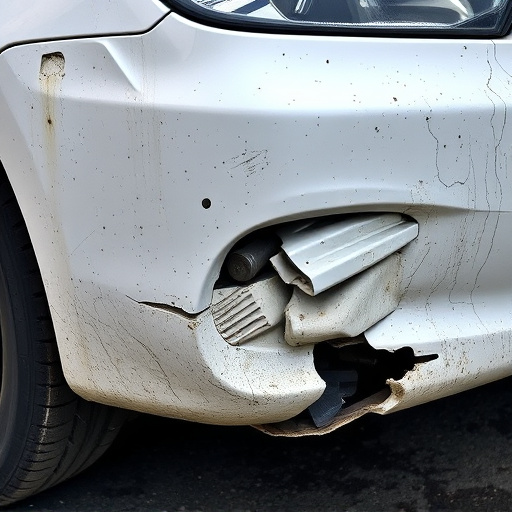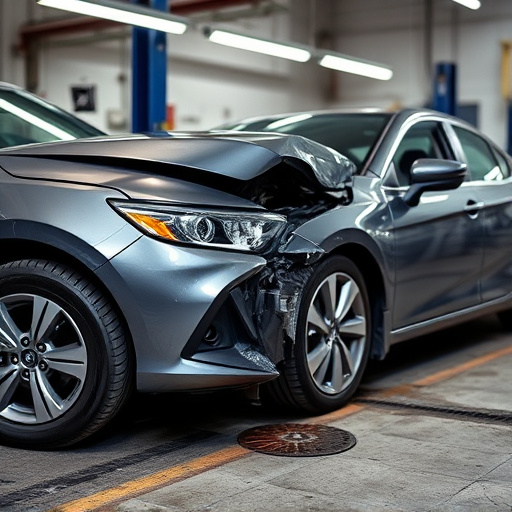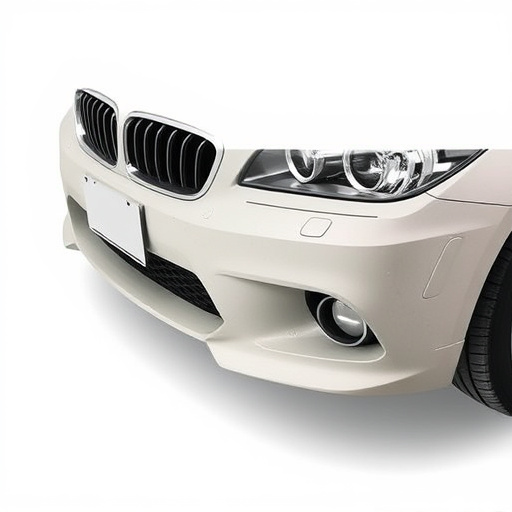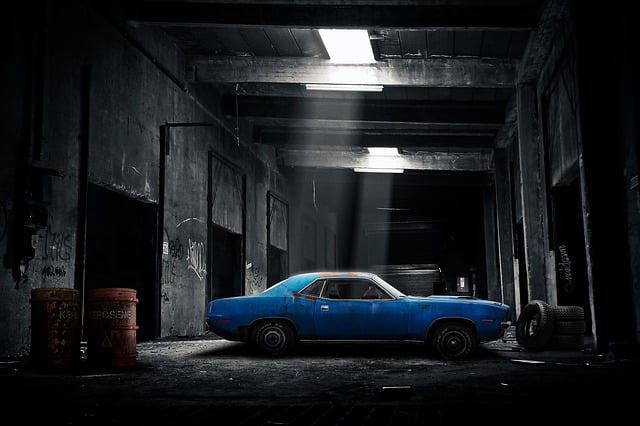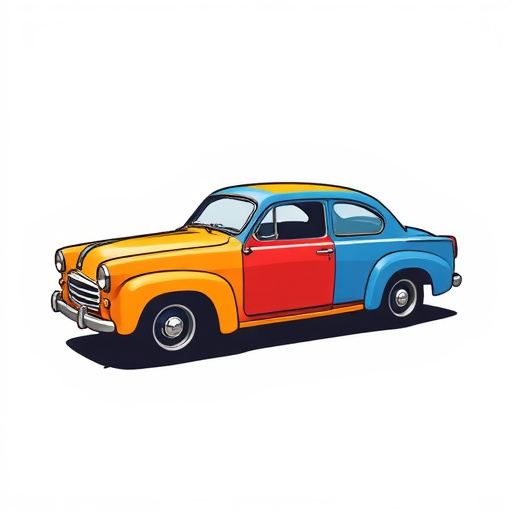The multi-phased paint drying process in luxury vehicle repairs impacts completion timeline. Precise navigation of initial surface film formation and VOC evaporation stages ensures optimal adhesion, flawless finishes, and timely returns. Key factors influencing curing time include temperature, humidity, paint type, application thickness, and surface prep. Managing these factors through controlled environment and knowledge-based procedures optimizes repair completion timeline, enhances efficiency, and improves customer satisfaction in competitive markets.
“In the realm of home repairs, understanding paint drying and curing times is a game-changer for efficient project management. This article delves into the science behind these processes, offering insights on how to optimize your repair completion timeline. From grasping the critical stages of paint drying to identifying factors influencing cure time, you’ll discover strategies to ensure optimal results. By the end, you’ll be equipped with knowledge to navigate the intricate tapestry of paint technology, revolutionizing your approach to repair projects.”
- Understanding Paint Drying Phases
- Factors Affecting Curing Time
- Optimizing Repair Completion Timeline
Understanding Paint Drying Phases
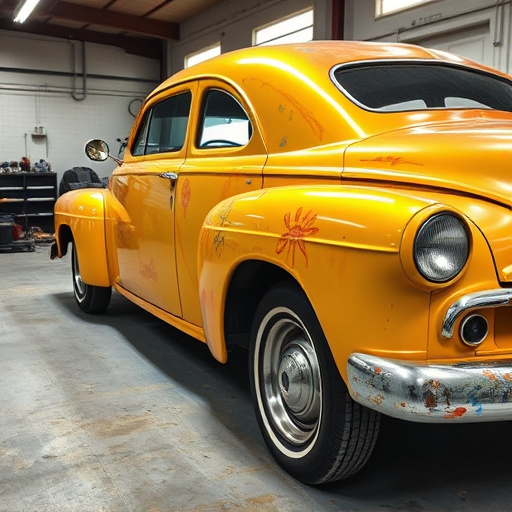
Paint drying isn’t a single event; it’s a multi-phased process that significantly impacts the repair completion timeline for luxury vehicle repairs or collision repair services. Initially, after application, paint quickly forms a surface film, providing initial protection and enabling faster work progression in frame straightening. However, this is just the beginning of the curing process. The next crucial phase involves the evaporation of volatile organic compounds (VOCs), which takes time, especially for high-quality finishes that require meticulous attention to detail.
Understanding these stages is vital for efficient collision repair services. Each phase requires specific environmental conditions and waiting periods to ensure optimal paint adhesion and longevity. This careful navigation through drying and curing times directly influences the overall repair completion timeline, ensuring that vehicles return to their owners in the best possible condition, with a flawless finish that matches the vehicle’s original aesthetics and value.
Factors Affecting Curing Time
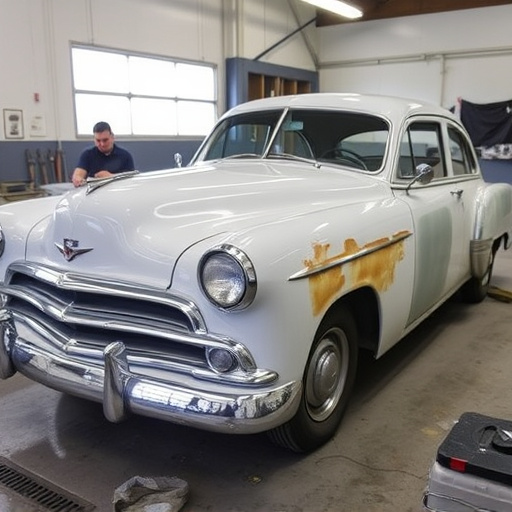
The curing time of paint in auto repair services is influenced by several factors that play a significant role in determining the completion timeline for vehicle paint repair and auto body repairs. One key factor is ambient temperature; colder climates or cooler seasons can significantly slow down the drying process as the paint needs warmer conditions to cure effectively. Humidity levels are another crucial consideration, as high moisture content in the air can impact the paint’s ability to dry and cure properly.
Additionally, the type of paint used, whether it’s a base coat, clear coat or a combination, will have varying curing times. Thicker applications of paint may take longer to dry than thinner layers, affecting the overall repair completion timeline. Surface preparation is also vital; primers and undercoats can influence drying time, as can the use of accelerators or retarders depending on the desired outcome and environmental conditions. These factors collectively determine how quickly a vehicle’s paint job can be completed, ensuring it meets high-quality standards in auto body repairs.
Optimizing Repair Completion Timeline
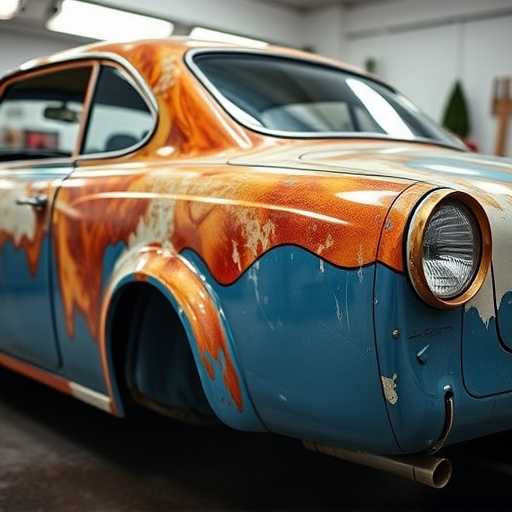
Optimizing the repair completion timeline is a key factor in any vehicle body shop’s success. By understanding and managing paint drying and curing times, shops can significantly reduce overall turnaround. This involves creating a controlled environment during auto painting to ensure optimal conditions for fast, even drying. Proper ventilation, temperature regulation, and humidity control are essential elements that impact the speed of cure.
For instance, in a bustling vehicle dent repair facility, efficient paint curing practices not only expedite repairs but also enhance quality. Different paints have varying drying requirements, so implementing knowledge-based procedures ensures consistency. Additionally, using modern equipment designed to accelerate curing processes can dramatically shorten repair times, allowing shops to take on more projects and improve customer satisfaction in the competitive market of vehicle body shops.
Understanding paint drying and curing times is a critical aspect of managing your repair completion timeline. By grasping the various factors influencing this process, from environmental conditions to paint composition, you can optimize your project schedules. Remember, allowing sufficient time for paints to dry and cure properly ensures superior repair outcomes, extended durability, and a professional finish that meets or exceeds expectations.
